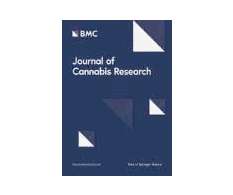ElleVet Sciences Publishes Safety Study On CBD For Animals
Cannabis Law Report
OCTOBER 29, 2019
ElleVet Sciences is pleased to announce the results and publication of the first safety study on the use of hemp CBD/CBDA. The 12-week safety study, conducted by Dr. Joseph Wakshlag, DVM, Ph.D., Dr. Wakshlag is currently available for interviews to discuss the results of the safety study as well as his clinical trials.












Let's personalize your content